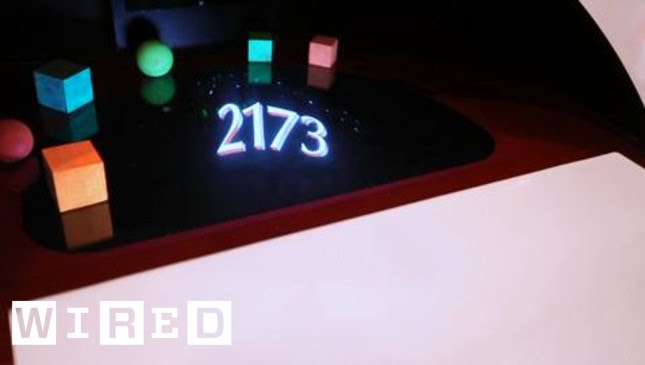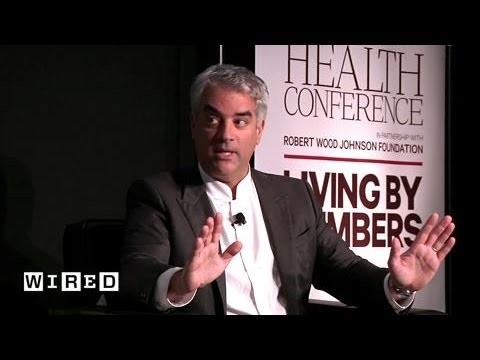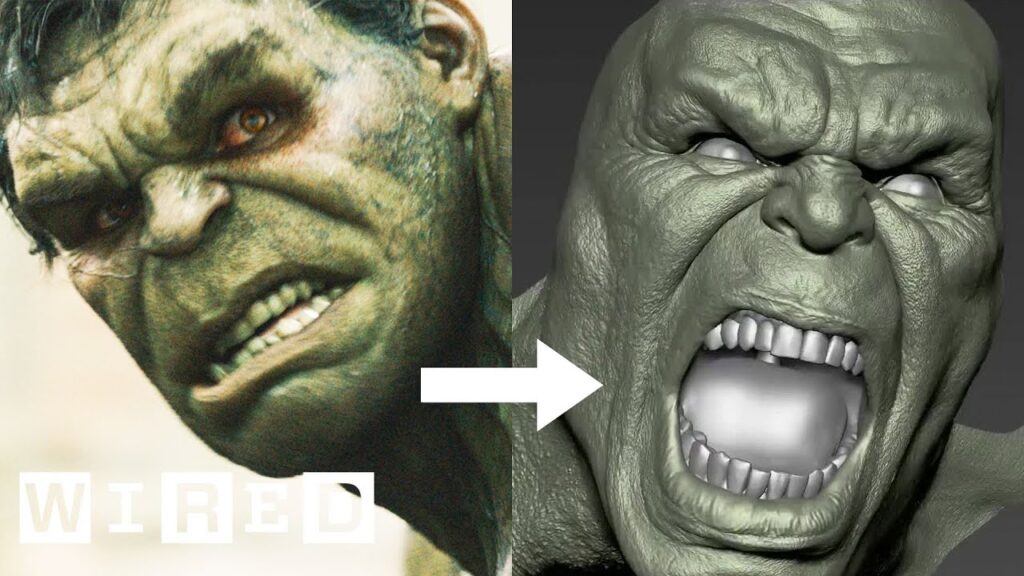The Art of Data: Rafik Anadol’s “Data Sculptures”
Summary
Rafik Anadol’s installations are made up of millions of data points that he feeds through machine learning algorithms to create visualizations he calls “data sculptures.” Anadol’s work celebrates the centennial of the LA Philharmonic using half a million images, audio recordings, and videos from the orchestra’s archive. He also created a project called Winds of Boston, which visualizes wind data collected from Logan Airport using algorithms and LED screens. Another project called Melting Memories was inspired by his uncle’s Alzheimer’s disease and aims to give a tangible feeling of a memory using brain data and artistic interpretation. Overall, Anadol uses technology to describe life and create new imagination methods.
Table of Contents
- The Inspiration Behind Anadol’s Work
- Anadol’s Projects: Celebrating LA Philharmonic, Visualizing Wind Data, and Melting Memories
- Using Data as a Material for Machine Understanding
- The Future of Data and Machine Consciousness
The Inspiration Behind Anadol’s Work
Anadol’s work is inspired by the movie Blade Runner, which explores the relationship between humans and technology. He believes that AI has the potential to either create or destroy communities. This belief is reflected in his projects, which aim to use technology to create new ways of understanding and experiencing the world around us.
Anadol’s Projects: Celebrating LA Philharmonic, Visualizing Wind Data, and Melting Memories
Anadol’s piece “Machine Hallucination” used 113 million images of New York and erased all humans to focus on the buildings, nature, and environments. The resulting 10 million images were fed through a machine learning algorithm that generated visual associations and created a dynamic landscape. Anadol’s work celebrates the centennial of the LA Philharmonic using half a million images, audio recordings, and videos from the orchestra’s archive. The resulting projections onto the Walt Disney Concert Hall were made using 42 large-scale projectors with 50K video resolution. Anadol’s other projects, such as Winds of Boston and Melting Memories, use wind data and brain data, respectively, to create new artistic interpretations of the world around us.
Using Data as a Material for Machine Understanding
Anadol’s work highlights the potential for data to be used in creative ways. For example, he led a project that involves using hundreds of thousands of images of Portland to inform the projections and structure of a 21-foot tall sculpture. The team includes experts in AI, computer science, architecture, and design. The speaker expresses a desire to move beyond the virtual world and bring machine consciousness into the 3D world.
The Future of Data and Machine Consciousness
The speaker ponders the future of the data captured by machines and its significance as a record of humanity’s memories. They are fascinated by the possibilities of this relationship and the potential for further exploration. Anadol’s work shows us that data can be used in creative and imaginative ways, and that the relationship between humans and technology is constantly evolving.
Conclusion
Rafik Anadol’s “data sculptures” are a testament to the potential of technology to create new ways of understanding and experiencing the world around us. His work blurs the lines between data, machine intelligence, light, sound, and architecture to create a new symbiotic connection. As we continue to explore the possibilities of data and machine consciousness, we can look to Anadol’s work as a source of inspiration and imagination.






